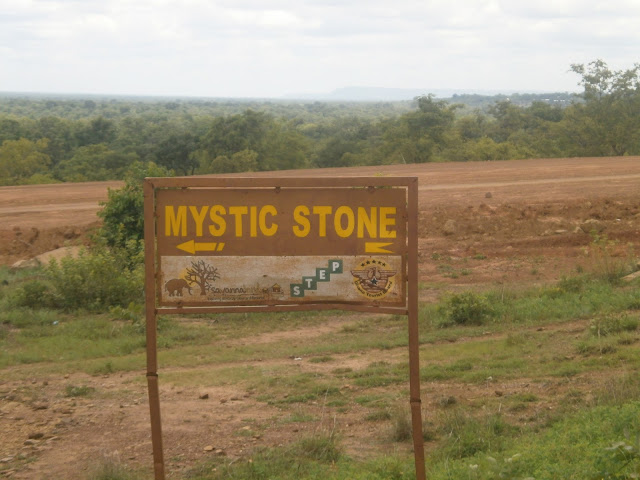Devils Tower National Monument, a
unique and striking geologic wonder steeped, is a modern day national park and
climbers' challenge, one of the most remarkable natural creations. Devils Tower
is a laccolithic butte composed of igneous rock in the Bear Lodge Mountains near
Hulett and Sundance in Crook County, northeastern Wyoming. The Devils Tower is also
called Mato Tipila, which means “Bear Lodge”. The scared devils tower is an astonishing
geologic feature that protrudes out of the prairie surrounding the Black Hills.
Numerous ideas have evolved since the official discovery of Devils Tower.
Geologists came to the conclusion that the Tower was indeed formed by an
igneous intrusion. Other ideas have suggested that Devils Tower is a volcanic
plug or that it is the neck of an extinct volcano. Though there is no evidence
of volcanic activity - volcanic ash, lava flows, or volcanic debris - anywhere
in the surrounding countryside.
Devils Tower is 386 meter above
the surrounding terrain and the summit is 1,558 meter above sea level. The
1.25-mile Tower Trail encircles the base. Geologists have faith in that the
tower is the eroded remains of a large mass of igneous rock poking through a
layer of overlying sedimentary rock beds. Devils Tower is considered sacred by
Northern Plains Indians and indigenous people. Hundreds of parallel cracks make
it one of the finest crack climbing areas in North America. Devils Tower is US first
national monument, as most of peoples have gazed at the Tower and wondered,
"How did this amazing formation form?" This self-guided hike offers
close-up views of the forest and wildlife, not to mention spectacular views of
the Tower itself.
During rain and snow continue to
erode the sedimentary rocks surrounding the Tower's base, and exposed more. Although
Devils Tower has been eroded over the ages, and portions, or even entire
columns, of rock are continually breaking off and falling. But at the same
time, the Tower itself is gradually being eroded. Rocks are continually
breaking off and falling from the steep walls. Rarely do entire columns fall,
but on remote occasions, they do. Piles of rubble, broken columns, boulders,
small rocks, and stones, lie at the base of the Tower, indicating that it was,
at some time in the past, larger than it is today.
Moreover the piles of scary devils
towers are broken columns, boulders, small rocks, and stones lie at the base of
the tower, indicating that it was once wider than it is today. The Ladder at
Devils Tower was first constructed and used in 1893 by William Rogers and
Willard Ripley to publicly ascend Devil's Tower. Devils Tower entices traveler to
learn more, explore and define place in the natural and cultural world.






















































